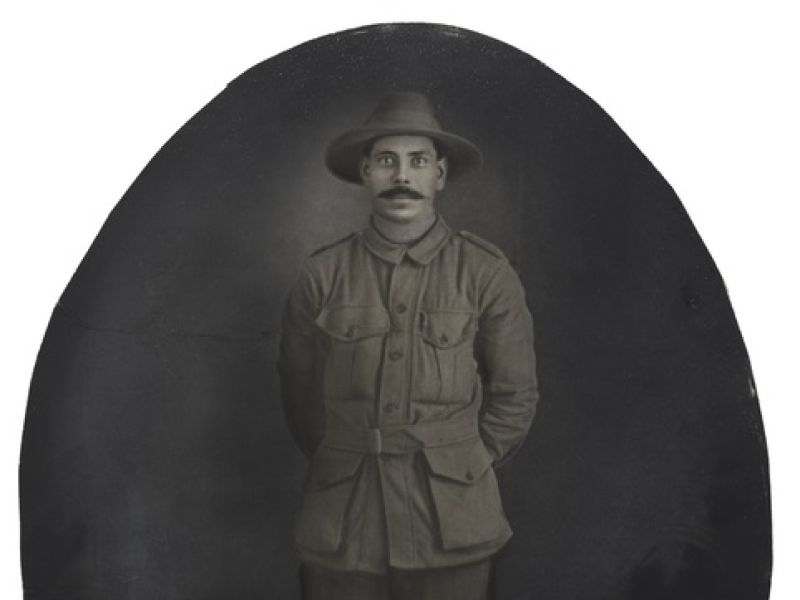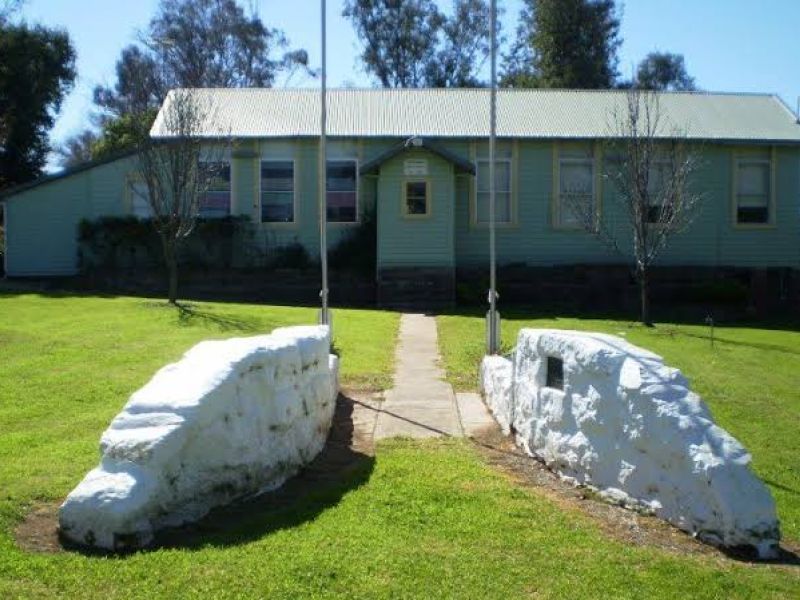The Forgotten Indigenous Soldiers of Walhallow - Part 4
William Allan Irwin is the only Indigenous soldier recognised by Bean in his official histories of World War I. Irwin, a shearer, is an example of a ‘missing voice’ that is now heard as a story passed down through his family. Harry, William’s brother told the story that his brother found out his sweetheart “Maggie had married another man”. Jilted he enlisted. Harry in 1916, raced from Walhallow to Newcastle to stop his brother, however, “the ship left a day early and he missed him”. In Newcastle he boarded a train to Brisbane in another attempt to reach him, his 81-year-old nephew Merv Allan now recalls, but the ship did not stop. Merv recounts he has “known the story since the day I was born” and would spend hours staring at his picture on the wall.
Irwin was awarded the Distinguished Conduct Medal on the 31st August 1918, as part of the 33rd Battalion in the Battle of Mont St Quentin, it was written about Allen Irwin:
Single-handed and in the face of extremely heavy fire rushed three separate machine-gun posts and captured three guns and crews.
On his irresistible dash and with magnificent gallantry, this man materially assisted our advance through this strongly held defended wood: and by his daring actions, he greatly inspired the whole of his company.
It was while rushing the fourth he was fatally wounded.
Irwin was only recognised on his home town honour roll in 2015. RSL Northern Country Vice President said: “ Really its part of Australia’s shame that a lot of Aboriginal military history hasn’t been recognised….and we have been slow because of the laws that existed, and attitudes that existed right through to the early 70s.”
Walter James Williams with the consent of his mother, Sarah Sorby, enlisted at the age of 19, to join his brother in a war he would not have known much about. In 1918 he found himself on a boat for Europe. Fortunately for Walter, the ceasefire and the end of World War I arrived before he reached France, on the 16th of November 1918. However, his brother Ernest did not fare as well. As a member of the 33rd Battalion, he was gassed by the German troops at Villers-Bretonneux, France and taken prisoner by the Germans. Ernest returned home in 1919 and continued to be affected by the war for many years, he went back to work at Walhallow Station with his young stepbrother Bert Groves.
Members of the 33rd Battalion awaiting treatment near Bois de L'Abbe outside Villers-Bretonneux 1918 were
Ernest was captured. Source Harrower Collection
- The full paper and references can be viewed here: https://historycouncilnsw.org.au/wp-content/uploads/2020/11/Honourable-Mention-…

 Australian War Memorial
Australian War Memorial